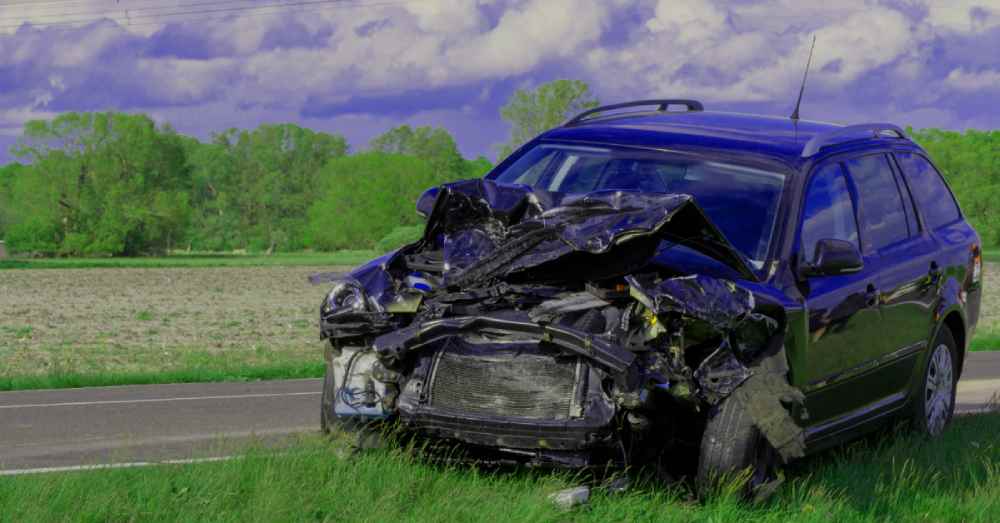Nobody, literally nobody, would ever want to face accidents in their lives. Unfortunately, they occur, and you prepare yourself to recover the losses. But being stuck in a total loss situation leaves you frustrated and confused. Especially when you are not aware of what it is or what happens next.
An insurance company does that when the repair cost becomes higher than the fair market value of the car. Then, instead of paying for the repairs, they deem your vehicle a total loss. However, you still get the payout based on the pre-cash value, but this may not include the deductible if applicable.
Now, if you think about how they decide it, they do it by taking into account the state’s specific rules regarding total loss. These guidelines are known as the Colorado total loss threshold.
When an insurance company tends to find out a total loss vehicle, they first calculate the ACV or Actual Cash Value. It is basically the current market value of your car before the accident. If the vehicle is totaled, you will receive an ACV settlement offer minus the deductible if applicable.
In Colorado, the percentage threshold is 100%. After determining fair market value, the process is followed by calculating the repair cost with the help of a repair shop or professional estimator. If the cost to fix your car is 100% of the ACV, your car will be considered a totaled vehicle. Apart from this state, only Texas has a 100% threshold value in the United States.
Understanding the 100% rule in Colorado will be easier for you if you look at the given example. Let us assume:
The actual cash value of your car before the collision was $10,000. If the repair estimate is $10,000 or more, it will be deemed as a total loss. Now, consider the following table:
| Repair Cost | Actual Cash Value | Result |
| $10,000 or More | $10,000 | Totaled |
| $6000 | $10,000 | Repaired |

Now, you know that your vehicle is titled total loss and what the 100% Total Loss Threshold Colorado is. What's next now? Already, the situation is stressful, and understanding your rights and responsibilities can reduce your frustration and help you make the right choice at the right time. Prepare yourself by doing the following things:
Knowing the Colorado total loss threshold can make a big difference. Here is how:
If your car is on lease or finance, and it gets totaled, here is what is more likely to happen:
If your car is on lease, it means you still do not have the ownership of it. So, the insurance company will direct the payment to the leasing company, not you. It will be based on the ACV of the vehicle.
You are still liable for paying the remaining lease balance because the contract is still in place and does not terminate even if the car is deemed a total loss.
In this situation, when you need to pay the remaining balance, GAP insurance can really help. It helps cover the gap between the car’s worth and the remaining balance you have on your lease. So, you do not have to pay a larger amount if you have this insurance. However, you have to check it properly on the lease contract.
When your leased car is totaled, the payment goes to the lease company. It means the loan is over much earlier than it could. Now, you do not owe any money and are free to walk away. In this situation, if you still need a car, you have to buy a new one and start a new lease.
Schedule a consultation with our seasoned experts who can help you navigate the complexities of the total loss claim process and recover fair compensation for the damage. ADR Claims has got your back at every step! So, contact us today for trusted support with your Colorado total loss claim, and feel confident in every aspect.
Our quick and simple appraisal process can help you recoup vehicle-related losses.